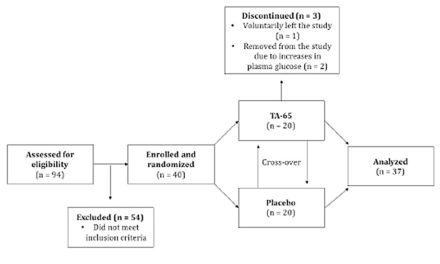Prabodh Satyal, Jonathan D. Craft, Noura S. Dosoky and William N. Setzer *
Department of Chemistry, University of Alabama in Huntsville, Huntsville, AL 35899, USA; prabodhsatyal@gmail.com (P.S.); craftjd@gmail.com (J.D.C.); nouradosoky@yahoo.com (N.S.D.)
* Correspondence: wsetzer@chemistry.uah.edu; Tel.: +1-256-824-6519
Abstract
Garlic, Allium sativum, is broadly used around the world for its numerous culinary and medicinal uses. Wild garlic, Allium vineale, has been used as a substitute for garlic, both in food as well as in herbal medicine. The present study investigated the chemical compositions of A. sativum and A. vineale essential oils. The essential oils from the bulbs of A. sativum, cultivated in Spain, were obtained by three different methods: laboratory hydrodistillation, industrial hydrodistillation, and industrial steam distillation. The essential oils of wild-growing A. vineale from north Alabama were obtained by hydrodistillation. The resulting essential oils were analyzed by gas chromatography-flame ionization detection (GC-FID) and gas chromatography-mass spectrometry (GC-MS). Both A. sativum and A. vineale oils were dominated by allyl polysulfides. There were minor quantitative differences between the A. sativum oils owing to the distillation methods employed, as well as differences from previously reported garlic oils from other geographical locations. Allium vineale oil showed a qualitative similarity to Allium ursinum essential oil. The compositions of garlic and wild garlic are consistent with their use as flavoring agents in foods as well as their uses as herbal medicines. However, quantitative differences are likely to affect the flavor and bioactivity profiles of these Allium species.
Keywords
Allium sativum; Allium vineale; essential oil composition; allyl polysulfides; cluster analysis







